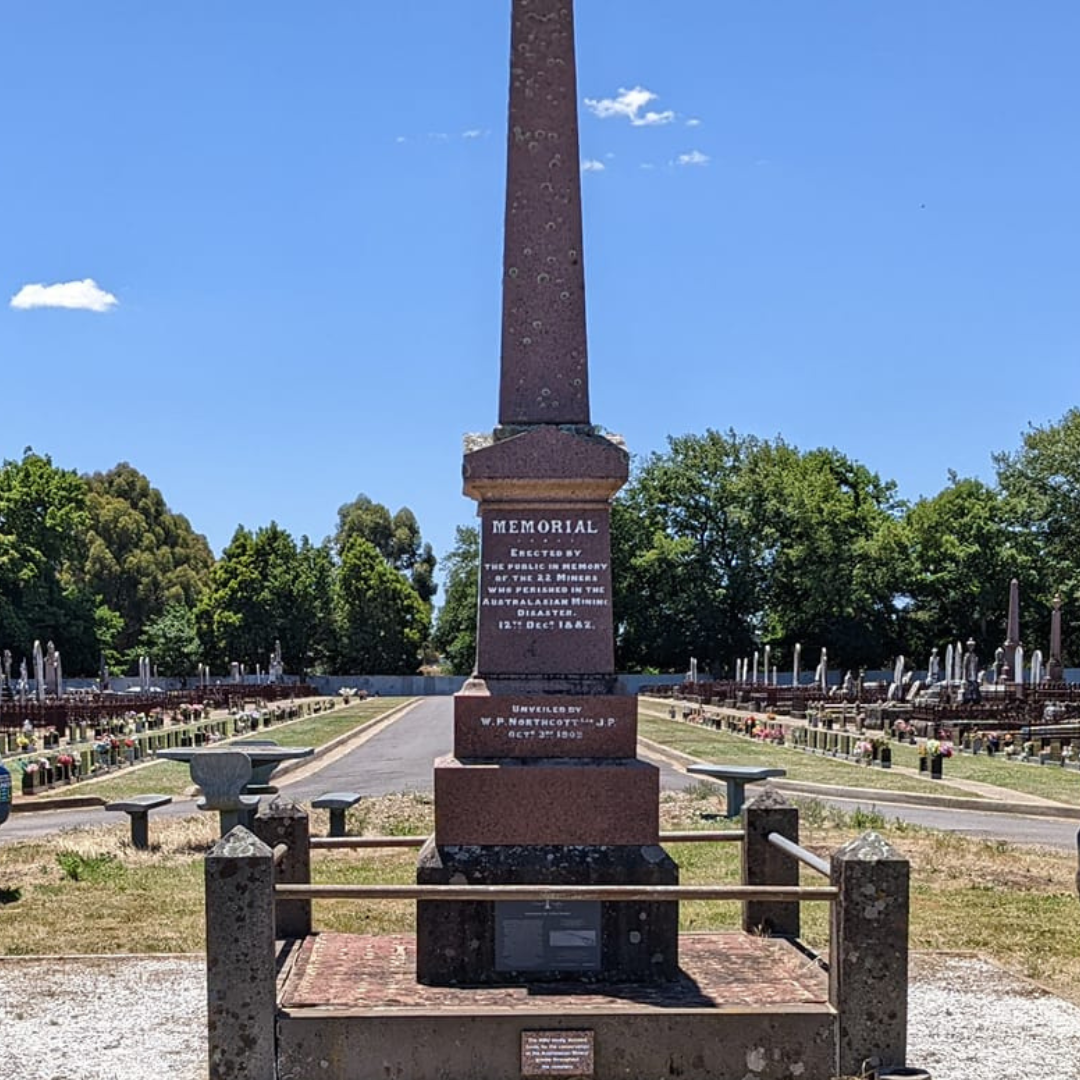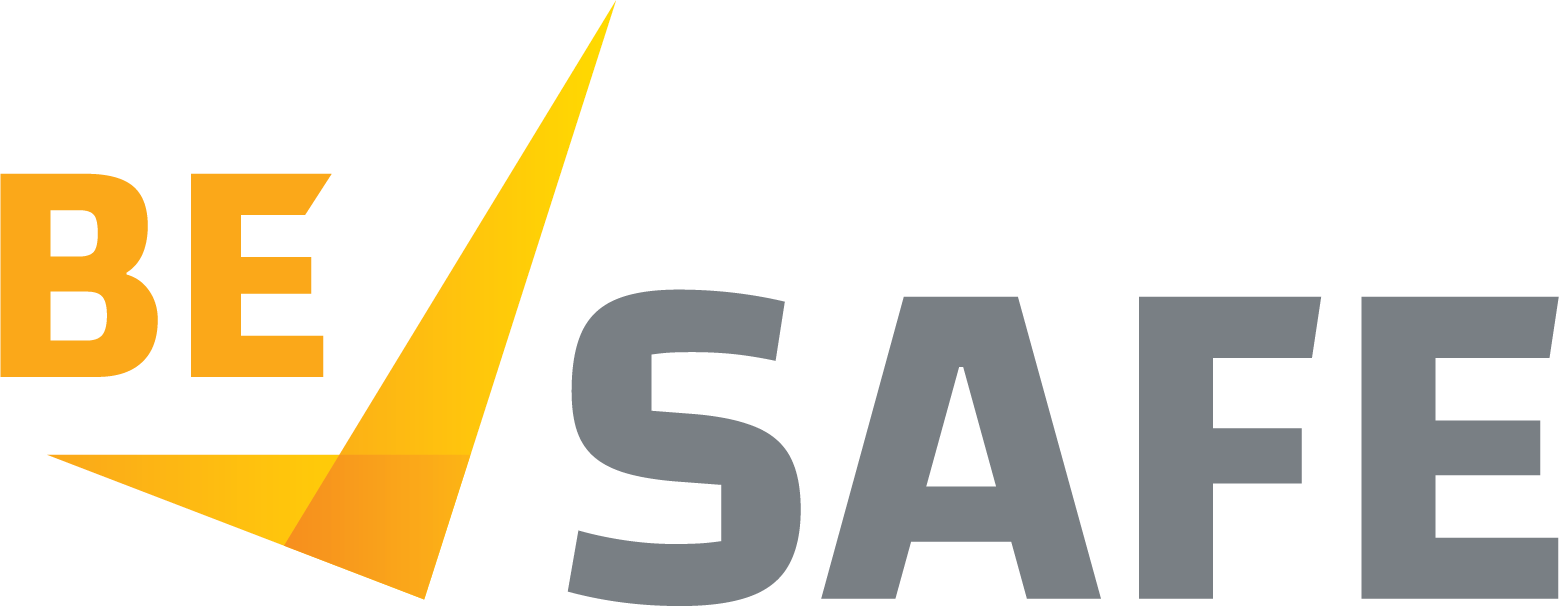Working from home
Working from home has become very common. Sometimes we can be permanently working from home, temporarily or as part of a hybrid arrangement. Even though we are not physically in our usually workplace, our home has now become our workplace and so this means that OHS Laws still apply, and all the legislated duty holders still have the same duties under The Act.
The employer still has duties, including to ensure a safe workplace, mitigate OHS risks and to consult with their employees. The employee has a duty to take reasonable care for their own safety and to co-operate with safety measure put in place by their employer.
The risk management process should still take place, even though you are working in your home environment, and we must seek to identify hazards as a starting point.
Common hazards which you may find when you assess your own home work environment could include:
- Poor lighting
- Noise
- Poor temperature control
- Electrical hazards
- Psychosocial hazards (eg: job demands, poor role clarity, lack of support, online abuse, bullying, etc)
- Fatigue
- Domestic violence
- Trip and slip hazards
- Poor ergonomics
The individual worker is particularly important in the hazard identification and risk management process in the work from home context. This is because they are often the only person who will be aware of the risks associated with their individual home environment.
For more information on this topic, take a look at:
https://www.safeworkaustralia.gov.au/safety-topic/managing-health-and-safety/working-home
https://www.worksafe.vic.gov.au/officewise-working-home




